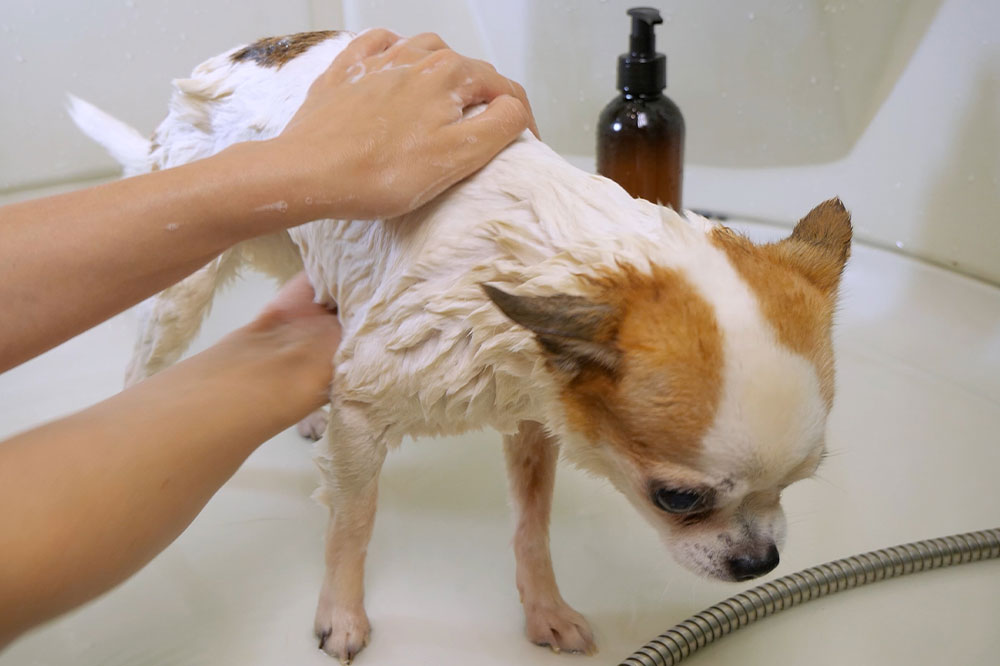
5 mistakes that worsen an indoor flea infestation
Fleas are a nuisance and are hard to eliminate once they infest a place. But the problem is ten times harder to deal with indoors as there are many locations for infestations. Poor hygiene and lifestyle habits allow these pesky invaders to keep spreading, and in severe cases, you may have to call professionals to help deal with the issue. To avoid this hassle, here are the following mistakes to prevent an indoor flea infestation.
Letting pets indoors without thoroughly cleaning them
Fleas usually infest under your pet’s collar and fur, where adult fleas also burrow deep into the skin and lay the larvae that hatch after a while. Pets with a lot of fur tend to shake down dust and debris once they are back indoors from the park, yard, etc. This causes the fleas and larvae to dissipate indoors on the carpeting and furnishings. Constantly letting your pets indoors without having them cleaned thoroughly will bring in a flea infestation from the outside undetected.
Following poor sanitary habits
Poor hygiene habits like not sweeping the floor, vacuuming carpets, or changing furnishings used in the bedroom and living spaces can trigger a rapid flea infestation indoors. Fleas love dirty, dingy, and damp places where mold and other bacteria fester. Leaving these places unattended increases the risk of the infection spreading.
Using DIY solutions
DIY homemade sprays for tackling flea infestations are cheap to make and somewhat effective for smaller pest control situations. However, for a large infestation, you should consider calling in expert exterminators. Leaving a large flea infestation unattended for prolonged periods is a mistake that causes the fleas to rapidly spread around the household.
Not cleaning your belongings or showering after a day outside
Pets are the primary carriers of fleas indoors, but that doesn’t necessarily exclude humans. Some types of fleas can latch on to your clothes, backpack, or even on the body undetected, increasing the risk of an infection indoors. Leaving dirty clothes unattended or not cleaning out your belongings will allow these adult fleas to transfer onto furnishings and furniture indoors.
Ignoring hotspots
Pet furniture and other furnishings placed around the living room or the bedroom can also turn into flea infested hotspots. This happens because these places receive a lot of heat and humidity, creating an ideal environment for fleas to grow and larvae to thrive indoors. Ignoring these hotpots is a mistake that triggers an infection; it could be at the base of your pet’s bed or the legs of the sofa!







